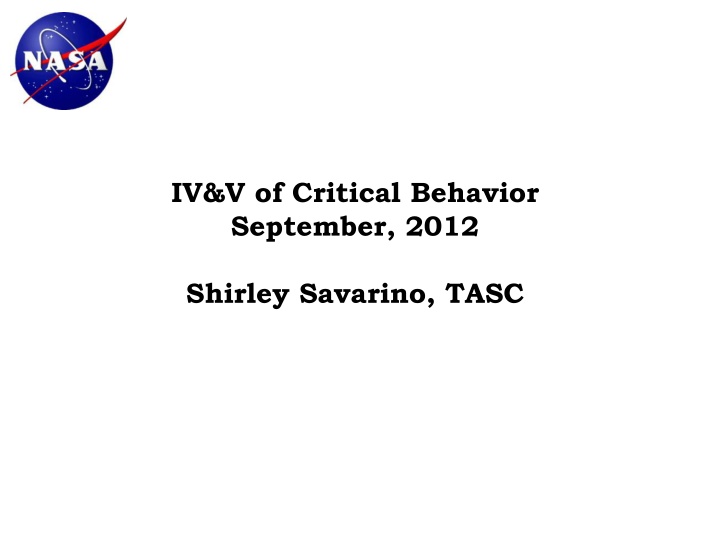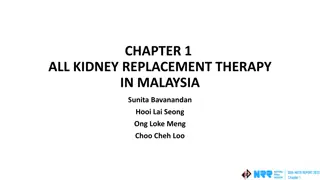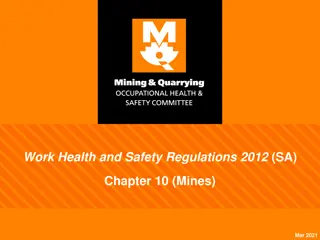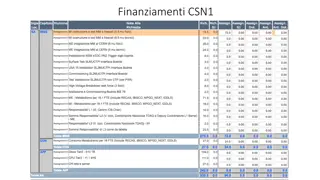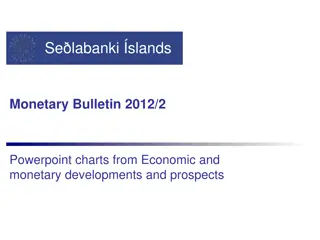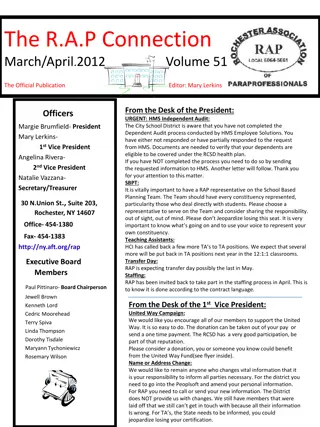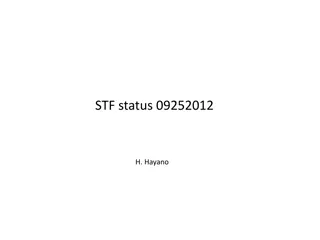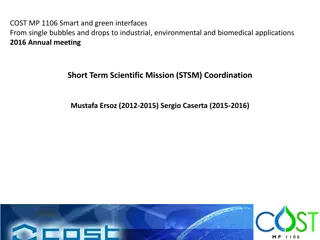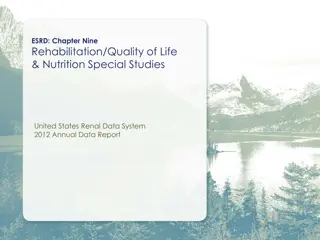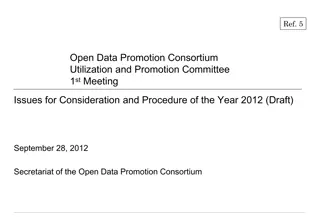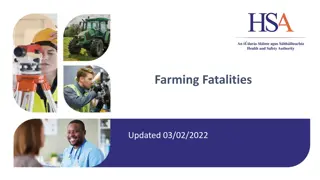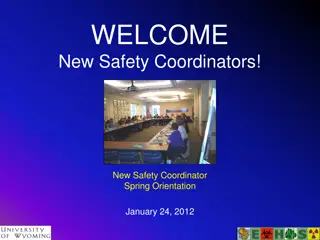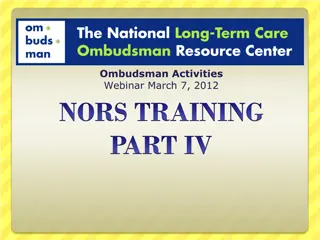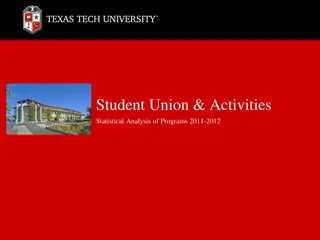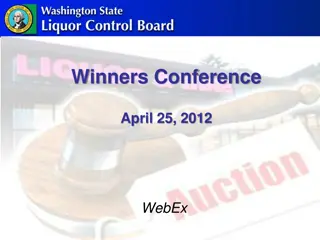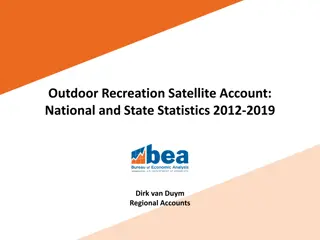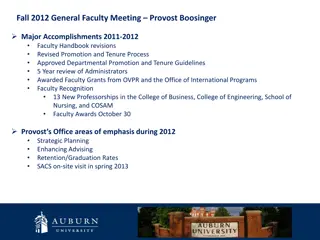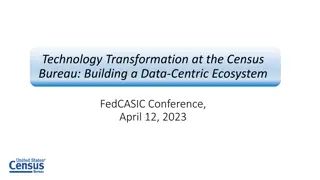Overview of IV&V Activities for MSL EDL in 2012
The IV&V activities for the MSL EDL in 2012 included technical rigor, purpose, agenda, and detailed phases like final approach, parachute descent, and powered descent. Various domains and tasks related to EDL content, cross-cutting, fault protection, and communication were analyzed and tested thoroughly.
Download Presentation

Please find below an Image/Link to download the presentation.
The content on the website is provided AS IS for your information and personal use only. It may not be sold, licensed, or shared on other websites without obtaining consent from the author.If you encounter any issues during the download, it is possible that the publisher has removed the file from their server.
You are allowed to download the files provided on this website for personal or commercial use, subject to the condition that they are used lawfully. All files are the property of their respective owners.
The content on the website is provided AS IS for your information and personal use only. It may not be sold, licensed, or shared on other websites without obtaining consent from the author.
E N D
Presentation Transcript
IV&V of Critical Behavior September, 2012 Shirley Savarino, TASC
Purpose and Agenda Purpose purpose is to provide a summary of the EDL activities performed to date and intended benefits (coverage, finding types) associated with each task, including EDL GNC We believe this can be a case study of how Technical Rigor is applied to a critical behavior Agenda EDL Overview IV&V Tasks Performed Summary
MSL EDL Overview Final Approach Phase: From Entry -5 Days to Entry Interface -2 Hours Pre-Entry: From EI-2 Hours to EI-15 Minutes Exo-Atmospheric Entry: From EI-15 Minutes to the Point of Entry Interface Atmospheric Entry: From EI to Parachute Deployment Supersonic Parachute Descent: From Parachute Opening to Backshell Separation Powered Descent: From BSS to Rover Separation Sky Crane: From Rover Separation to Touchdown Detection Fly-Away: From TD to Descent Stage Impact
Landing site, after the landing Mount Sharp Sky Crane MSL Backshell Parachute Heatshield
MSL Phase/Domains; Build 9.4 EDL content is the focus of Build 9.4, but requires a good amount of the cross cutting and fault protection domain to operate EDL activities require the cross cutting and fault protection domains to operate, the associated tasks with these domains provided in annex.
EDL: IV&V Scope, Activities Performed, Status IV&V Requirements, Design, Code Analysis IV&V Test Analysis Scope Launch/Cruise/EDL FDDs Cruise Attitude Estimation, Control and Propulsion Entry, Descent, and Landing (EDL) EDL Actuators EDL Sensors EDL Comm MEDLI Actuators and Motor Control Update Coordinated Communications Behavior MSSS Imaging (MARDI, MAHLI, and MastCams) Cross Cutting Test EDL Fault Protection EDL: E-5 days to L+10 days (includes pre-EDL and readiness for surface ops ) Requirements/design analysis, evaluating requirements quality (catalog method) and requirements trace to design (catalog method) Semantic and Syntactic code analysis (catalog methods) Additional technical rigor in the areas interface, design and code analysis IV&V efforts focused on logic, control, and goodness of the code implementation. Performance aspects of EDL were not evaluated (no validation from IV&V, verification performed during IV&V test analysis). NASA IV&V PM: I want us to do anything we can to help make EDL successful
EDL Activities Performed (Continued) Additional EDL Analysis performed Analysis Area IV&V Efforts Task Overview Benefit to EDL GNC Coverage (parts of EDL) Ensure no Harm by instrument operations (MEDLI, MARDI) Evaluation of the two instruments to ensure operation won t affect EDL in negative manner Detailed look at GNC sensors and actuators Addresses question 2 relative to instrument operation during EDL All of EDL Reqts/ Design Analysis Events and Control/Sensors/ Actuators FDD Interface Analysis Ensured sensors/ actuators specified, designed and implemented correctly Ensured interfaces and handoffs between key EDL modules implemented correctly same as above All GNC requirements consistent, correct, testable, complete Ensured mode commander implemented correctly against timeline and with timeline engine and nav filter Validated and verified fault protection (timeline based) All of EDL through two scenarios (cruise/EDL transition; powered descent) All of EDL EDL MAIN to EDL GNC Interface Analysis Verify correct implementation of interfaces between software modules Same as above Quality of GNC requirements Ensure mode commander (GNC) implemented correctly, including interfaces to nav filter; timeline engine Nav Filter Analysis GNC Requirements Validation (GNC requirements not captured in FDDs) Mode Commander Analysis All of EDL All GNC requirements All of EDL Validation/verification of EDL engine fault protection All of EDL EDL FP Design Analysis
EDL Activities Performed (Continued), Analysis IV&V Efforts Task Overview Benefit to EDL GNC Coverage Assure Timing Related Requirements and Design are Implemented Correctly in EDL Timeline Three way trace between requirements/ design and code to ensure performance related behaviors are implemented correctly Absolute time sequences are correctly implemented Timeline Violations Entire timeline EDL/GNC Requirements Implementation Analysis EDL Autocoder Analysis (Timeline Implementation) EDL/GNC/Nav Filter Design to Code Trace All GNC requirements traced to code, performance requirements deferred to test Ensured EDL autocoder performs code translation correctly from xml file Developed independent understanding of interfaces and ensured correct implementation Assessed timeline engine and how it runs relative and absolute time sequences Reviewed fault protection enables during EDL and validated and verified implementation of timeline FP (catchup, rollback) Confidence EDL GNC requirements implemented correctly w/ performance limitations Correct use of autocoders Interfaces in code Code Analysis Entire Timeline Timeline Engine Analysis Timeline engine works correctly Fault Monitor Analysis Fault protection during EDL is appropriate and implemented correctly Additional intensity/rigor on test analysis of performance based requirements associated with EDL GNC Test Analysis See next slide
Test Analysis: Ensure correct coverage of test analysis (across MSL, including EDL) IV&V Requirements, Design, Code Analysis IV&V Test Analysis Scope IV&V Test analysis for Build 9.3 addresses the following Cross Cutting: All EDL : Launch, Cruise and Approach activities Fault Protection: All Cross Cutting Test EDL Fault Protection Test Program Captured via Requirements Captured via Requirements Flowdown MSL Test Analysis Challenges MSL project verification activities are challenged by a distributed requirements management system and a lot of forward work (Risk 20) IV&V test effort has special software regression analysis to establish correctness of the requirements being verified - Project is using IV&V results as a wedge to correct their systems 41% diff, 15% diff 5.9% diff
IV&V Analysis Results IV&V performed substantial analysis on the EDL sequence High quality designs produced by the developer, JPL We initially identified some high severity requirements/design issues but many of these resulted in documentation concerns There were some code issues that were quickly fixed by the developer Artifacts were non-traditional, but they were very good The assurance from IV&V provided additional confidence that EDL was correctly implemented, particularly in the areas of logic and control The MSL IV&V team presented status and analysis results at the Certification of Critical Event Review-1 which focused on the EDL software on May 30th. The Project Technical Authority congratulated IV&V on the thoroughness and completeness of analysis and stated to the review board that IV&V has provided additional assurance and confidence to the Project.
